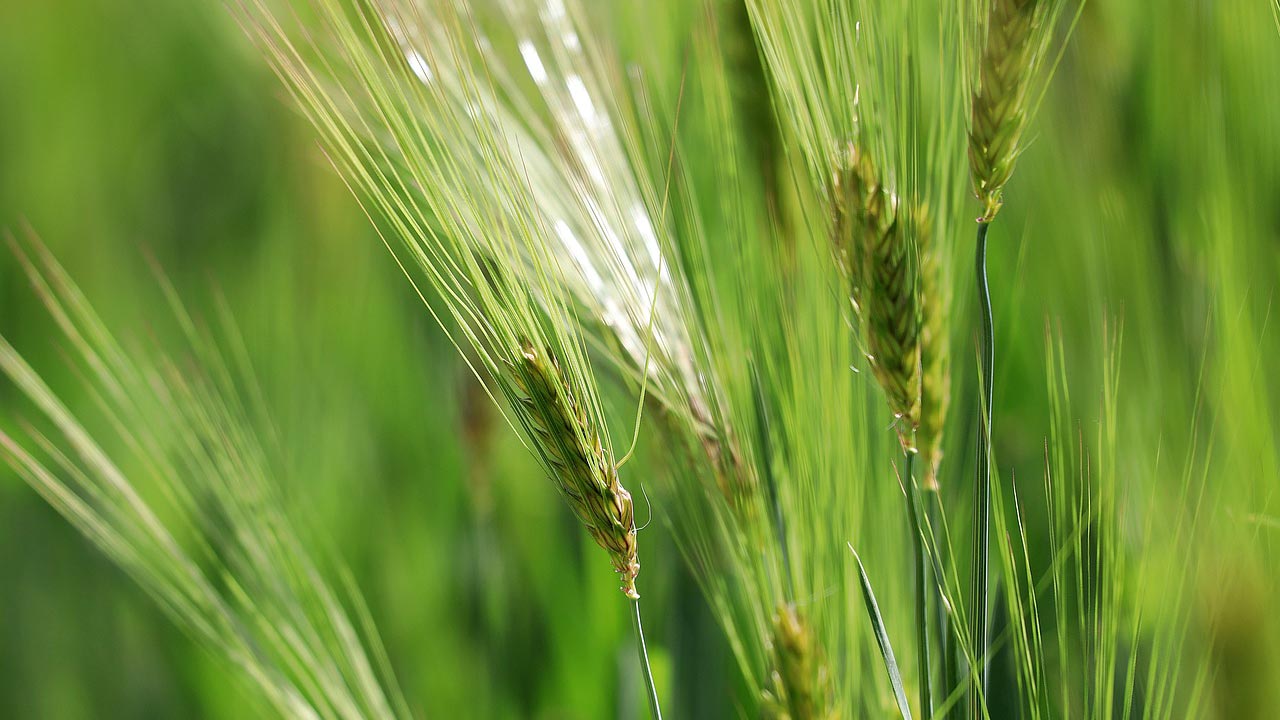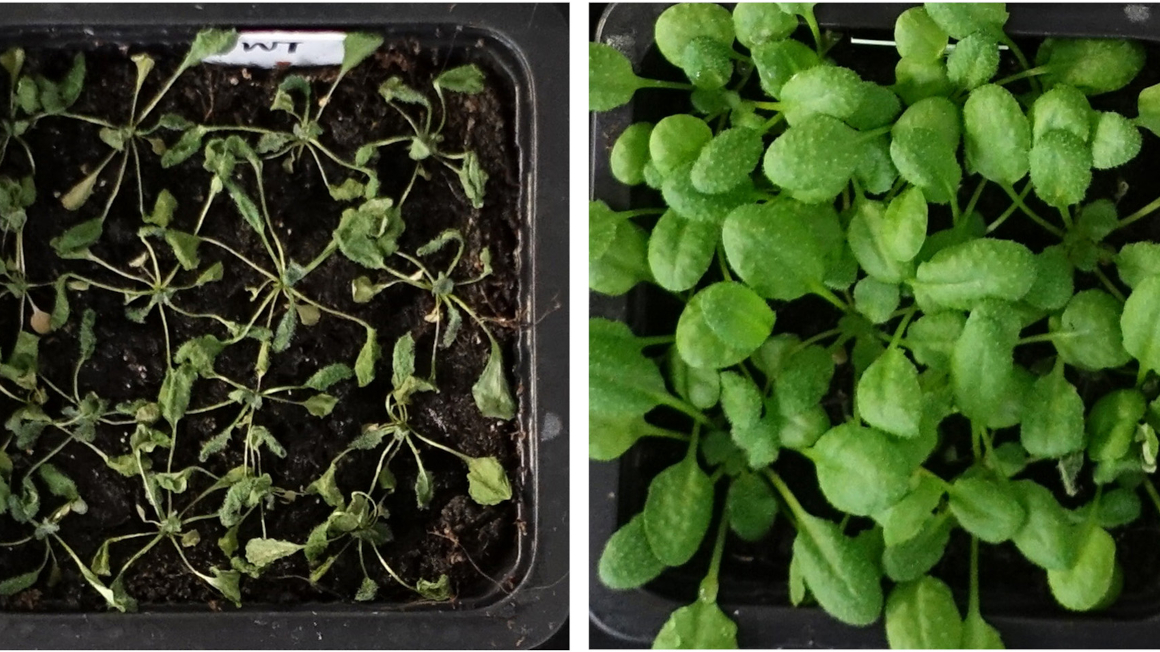Winter barley: Old landraces reveal path to virus resistance
Genetic analyses of old landraces of winter barley have led plant researchers from Gatersleben to discover a molecular mechanism that can be used to produce virus-resistant barley varieties.

Yield losses of up to 50% - these are the possible consequences when winter barley becomes infected with barley yellow mosaic virus or mild barley mosaic virus. Fortunately, this rarely happens anymore because today's cultivars have resistance to these viruses. Recently, however, virus strains have appeared with increasing frequency that have been able to overcome these established resistance mechanisms. Large-scale crop failures would thus only have been a matter of time. A research team at the Leibniz Institute of Plant Genetics and Crop Plant Research (IPK) now promises a remedy.
Viruses require the barley gene PDIL5-1 for replication
As the experts report in the Plant Biotechnology Journal, they have succeeded in establishing a new resistance mechanism in winter barley. To do this, the researchers had first searched the IPK's gene bank for old landraces and wild relatives of cultivated barley. "These investigations revealed that the PDIL5-1 gene, which is involved in the formation of three-dimensional protein structures, also plays a central role in plant resistance to these viruses," explains IPK researcher Robert Hoffie.
The virus uses this gene to replicate in plant cells. However, deviating forms of this gene were found in the genebank, as Hoffie explains: "A crucial finding for us was that resistant genebank material contained variants of the PDIL5-1 gene that had lost their function through mutations and could thus no longer be used by the viruses for their reproduction."
Fast adaptation through genome editing
Using the CRISPR/Cas9 gene scissors, the research team was able to switch off the PDIL5-1 gene in two susceptible barley varieties and thus achieve the desired effect: "The specifically modified plants were not only resistant to infection with barley mosaic virus in the greenhouse trial, but there were also no negative effects on growth and yield," Hoffie explains happily.
The research team now suspects that genes of the PDIL family could also be relevant in other cereals to confer resistance to viruses. In addition, the study was able to demonstrate that gene banks such as those at IPK, in conjunction with modern genome editing methods, can be valuable, rapid and highly accurate tools for adapting crops to new challenges.
bl


